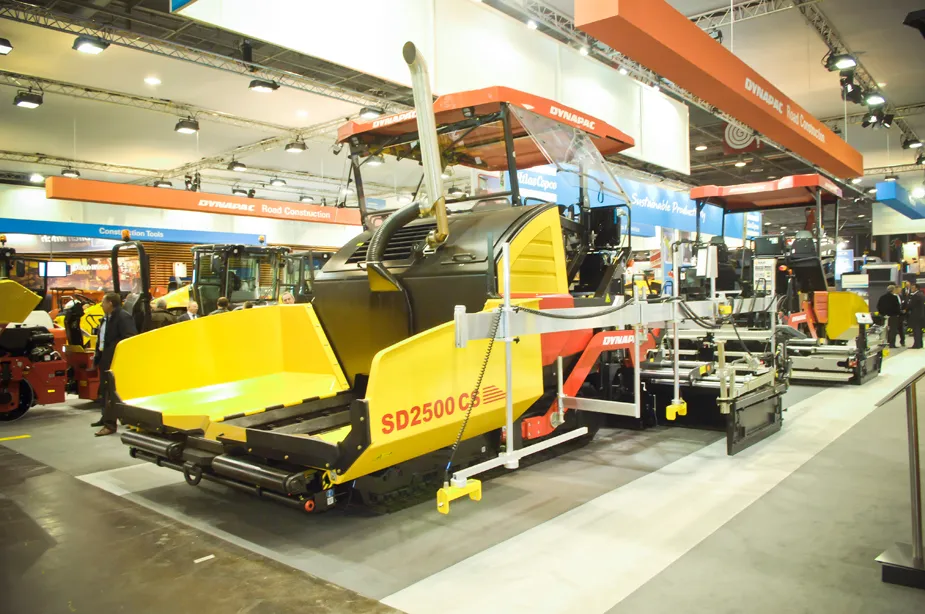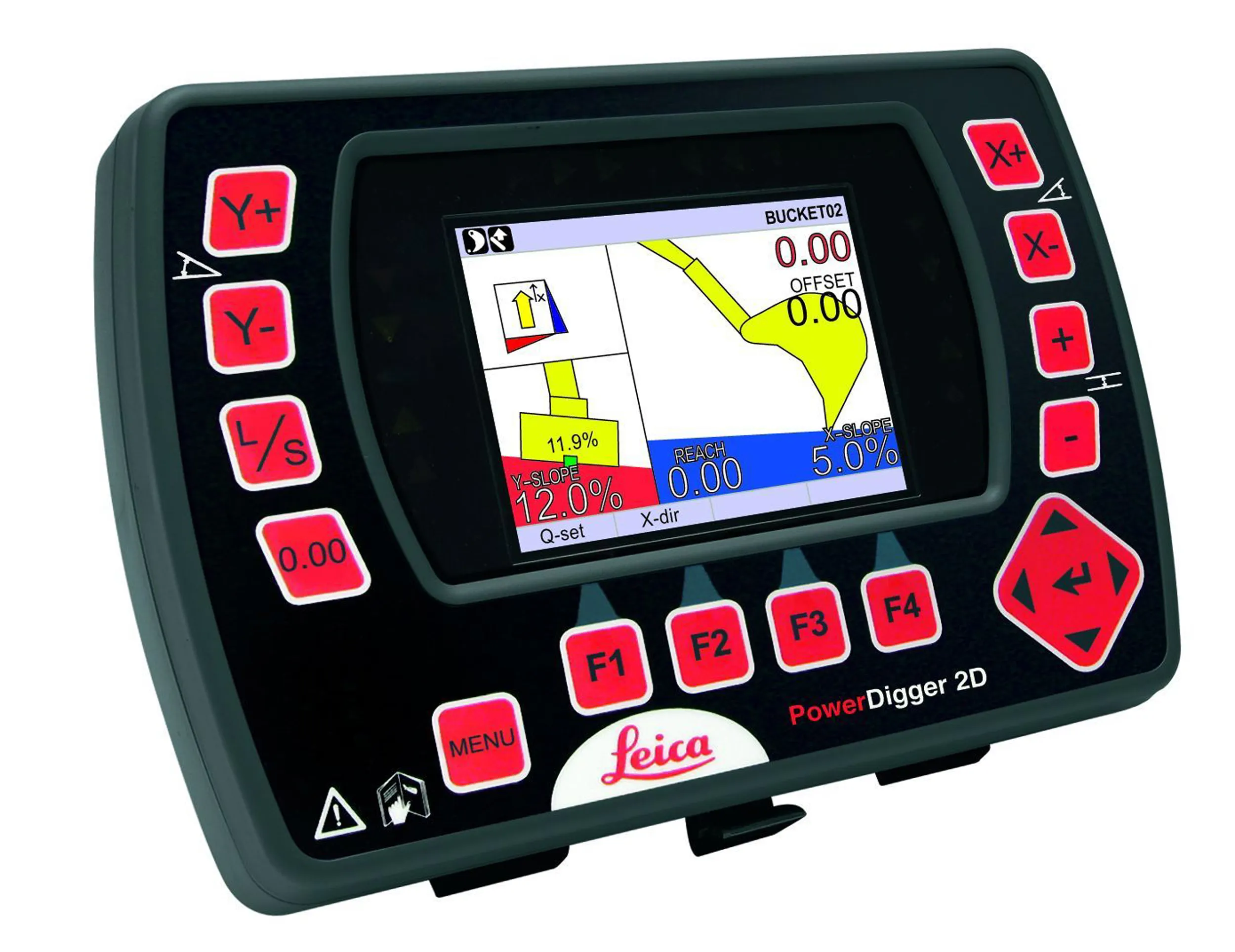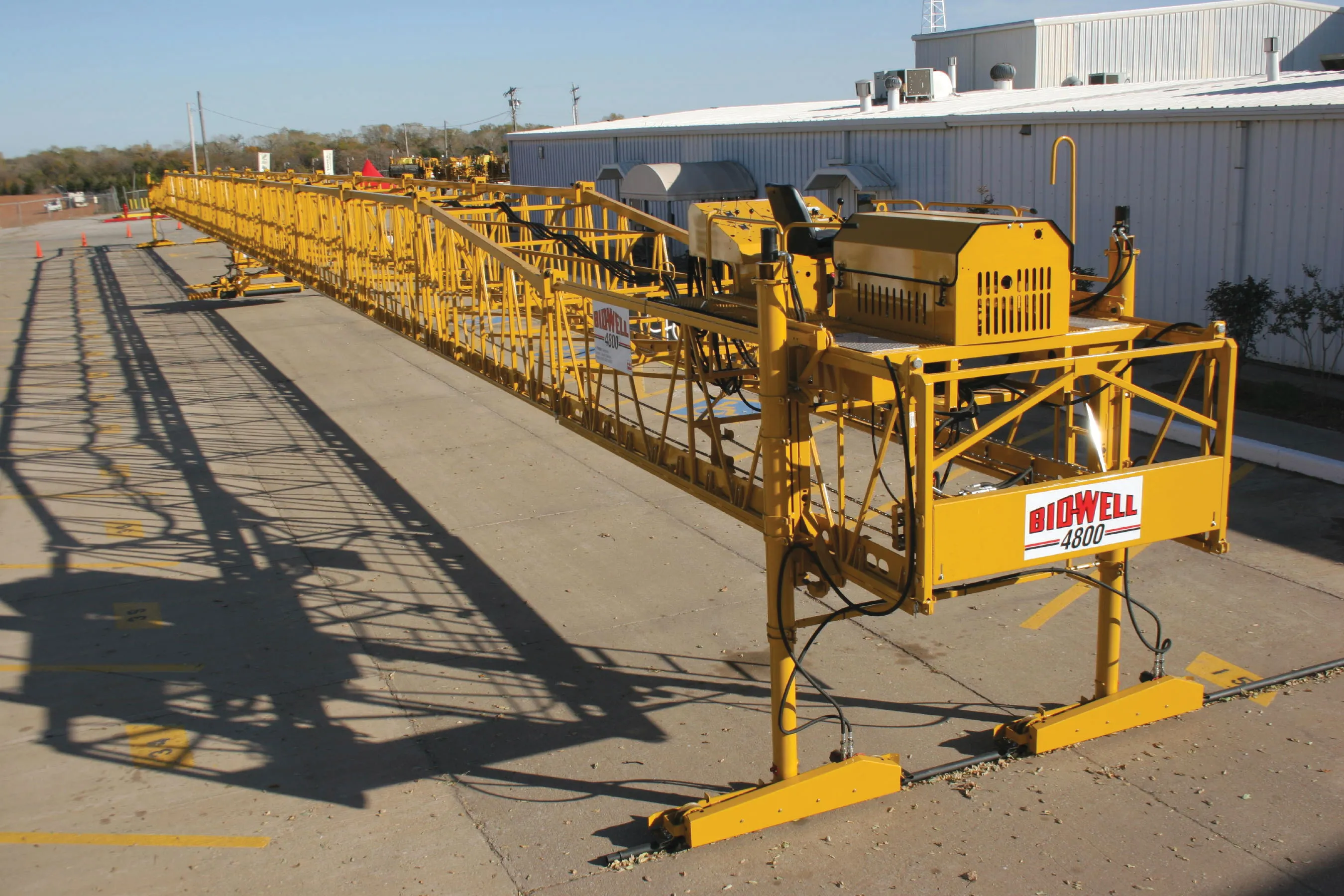In concrete paving, Leica Geosystems has long held the dominant position in the market for stringless 3D controls. The company's products are well-accepted by contractors and have been used on an array of machines from different manufacturers with a high degree of success in recent years. GOMACO has been working with Leica Geosystems for some time and the two companies set up a partnership recently. This combination technology and business relationship has seen the placement of personnel from Leica Geosyste
February 20, 2012
Read time: 3 mins

RSSIn concrete paving, 265 Leica Geosystems has long held the dominant position in the market for stringless 3D controls. The company's products are well-accepted by contractors and have been used on an array of machines from different manufacturers with a high degree of success in recent years. 218 Gomaco has been working with Leica Geosystems for some time and the two companies set up a partnership recently. This combination technology and business relationship has seen the placement of personnel from Leica Geosystems at GOMACO's headquarters in the US. Through the deal the partners will develop new technology solutions for the market and further refine the use of 3D controls in concrete slipforming. Training for customers will be a key portion of the arrangement with Leica Geosystems contributing to the GOMACO University sessions for customers, which are held regularly at GOMACO's headquarters.
However, Leica Geosystems is also keen to encourage other concrete slipformer manufacturers to use its 3D stringless technology. A new partnership between Guntert & Zimmerman (G&Z) and Leica Geosystems will help provide concrete slipforming contractors with new tools that will boost ride smoothness. The two firms are working together to develop sophisticated 3D stringless technology to a customer base focused on ride smoothness. No one has every argued about the huge potential benefits of 3D stringless paving; however, prior to this time, stringless technology was widely considered by contractors to be more suited to airfield paving and highway paving under less stringent smoothness specifications.
Although G&Z was by no means the first concrete slipformer manufacturer to utilise the benefits of 3D stringless paving technology, the firm has now recognised the advantages these systems can deliver. The turning point came in late 2009 when G&Z and Leica Geosystems worked with2553 Flynn Construction on the 16.8km Highway 65 Demonstration project near Mason City in Iowa. The contractor's G&Z S850 paver was controlled using Leica's industry-standard LMGS-S stringless concrete paving system.
Under Iowa's strict zero blanking band smoothness specification, Flynn earned 100% of the available smoothness bonus and did zero grinding. The smoothness achieved on the Flynn I-65 project established a new paradigm using Leica's LMGS-S, ride was proven to be as good as the best stringline-guided slipform paving.
Since the Iowa demonstration, G&Z and Leica Geosystems have commissioned nine stringless installations that have been used on 10 different projects around the United States and Canada. The success of these projects has now prompted G&Z to make the Leica Geosystems package an option for the S600, S850 and S1500 concrete pavers. These machines are now available with Direct Connect software interface, which allows the Leica system to communicate with G&Z's networked microprocessor control package. This step simplifies installation and improves the performance of the machine interface with the 3D controls. In addition, 3D machine control solutions for G&Z's PS1200 placer spreader will also be available.
To maximise the benefits of this deal, Leica Geosystems and G&Z have carried out training of their respective sales and service teams.
For Leica Geosystems, its products continue to evolve and the firm recently introduced v7.0 of its PaveSmart 3D (LMGS-S) machine control system for concrete paving applications. Designed specifically for concrete paving applications, LMGS-S's capabilities allow slipform paving contractors to reap the significant productivity and precision benefits of 3D paving technology from the outset. The latest version builds on Leica Geosystems' experience in 3D control solutions for concrete paving applications to the highway sector.RSS
However, Leica Geosystems is also keen to encourage other concrete slipformer manufacturers to use its 3D stringless technology. A new partnership between Guntert & Zimmerman (G&Z) and Leica Geosystems will help provide concrete slipforming contractors with new tools that will boost ride smoothness. The two firms are working together to develop sophisticated 3D stringless technology to a customer base focused on ride smoothness. No one has every argued about the huge potential benefits of 3D stringless paving; however, prior to this time, stringless technology was widely considered by contractors to be more suited to airfield paving and highway paving under less stringent smoothness specifications.
Although G&Z was by no means the first concrete slipformer manufacturer to utilise the benefits of 3D stringless paving technology, the firm has now recognised the advantages these systems can deliver. The turning point came in late 2009 when G&Z and Leica Geosystems worked with
Under Iowa's strict zero blanking band smoothness specification, Flynn earned 100% of the available smoothness bonus and did zero grinding. The smoothness achieved on the Flynn I-65 project established a new paradigm using Leica's LMGS-S, ride was proven to be as good as the best stringline-guided slipform paving.
Since the Iowa demonstration, G&Z and Leica Geosystems have commissioned nine stringless installations that have been used on 10 different projects around the United States and Canada. The success of these projects has now prompted G&Z to make the Leica Geosystems package an option for the S600, S850 and S1500 concrete pavers. These machines are now available with Direct Connect software interface, which allows the Leica system to communicate with G&Z's networked microprocessor control package. This step simplifies installation and improves the performance of the machine interface with the 3D controls. In addition, 3D machine control solutions for G&Z's PS1200 placer spreader will also be available.
To maximise the benefits of this deal, Leica Geosystems and G&Z have carried out training of their respective sales and service teams.
For Leica Geosystems, its products continue to evolve and the firm recently introduced v7.0 of its PaveSmart 3D (LMGS-S) machine control system for concrete paving applications. Designed specifically for concrete paving applications, LMGS-S's capabilities allow slipform paving contractors to reap the significant productivity and precision benefits of 3D paving technology from the outset. The latest version builds on Leica Geosystems' experience in 3D control solutions for concrete paving applications to the highway sector.RSS








